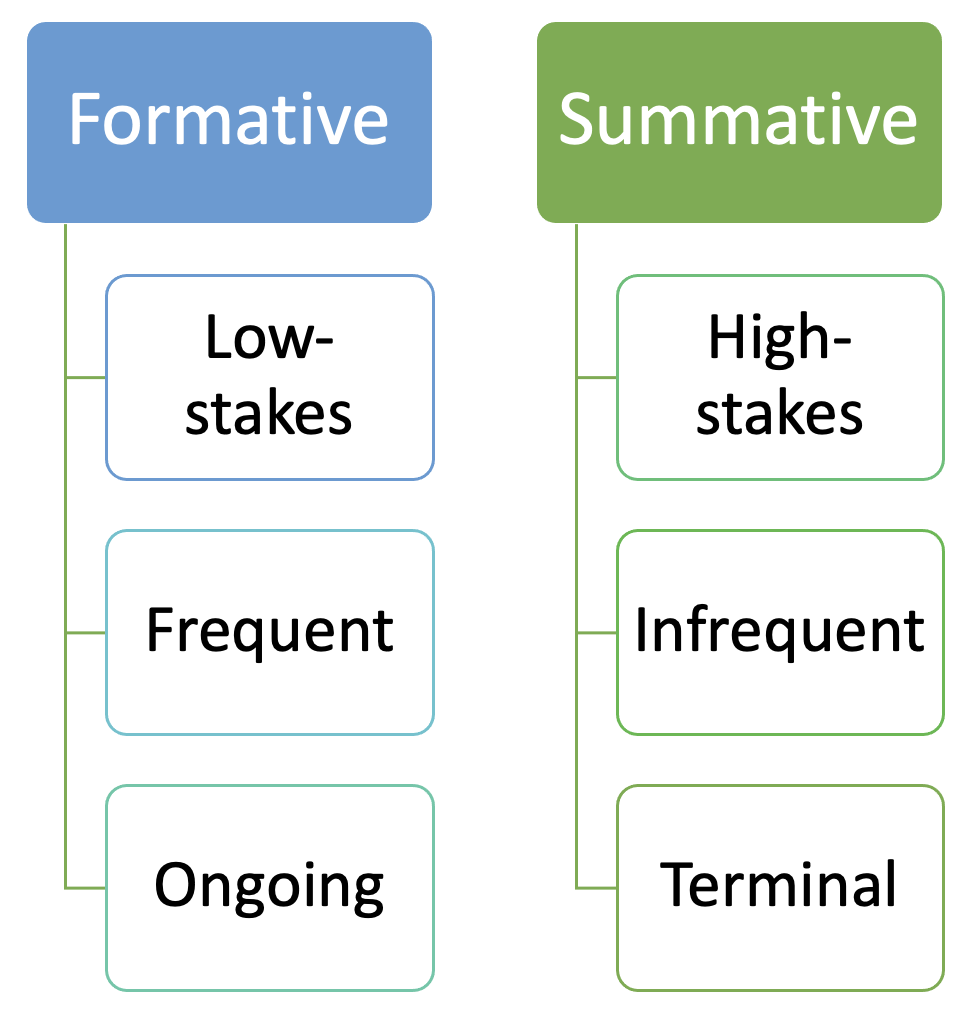30 Assessment
Assessment is the framework used by an instructor to determine the extent to which a student has achieved particular learning goals. Its purpose is to provide information to help both the student and the instructor gauge the progress made along a learning pathway. Often assessment places student work on a scale or spectrum based on a variety of criteria as a way of assessing the overall quality of the work. Assessment helps instructors to answer the question, “How is this student progressing?” Assessment items are best supported with clear rubrics, like the Value Rubrics we introduced in the Course Goals section. Rubrics help identify the characteristics students have at particular stages of their progress toward achieving a particular skill or attribute.

Assessment is a wonderful way to support clear learning goals, well-executed activities, and regular, just-in-time feedback. Formal assessment does not have to happen with every learning activity, however, it should be frequent enough that students can see their progress throughout the term, but infrequent enough that intrinsic motivators weigh over the extrinsic motivator of a grade.
Although you’ll design assessment items that are unique to your course, they’ll fall into one of two categories: formative and summative.

Formative assessment is an ongoing evaluation that is used to monitor student learning throughout the term. Sometimes, this form of assessment is known as “low stakes” because it usually is worth a relatively small fraction of the overall grade, so there is less pressure on the student to perform.
Summative assessment is a cumulative evaluation that is strategically placed at intervals throughout the course. Sometimes, this form of assessment is known as “high stakes” because it is usually worth most of the overall grade, so there is more pressure on the student to perform.

